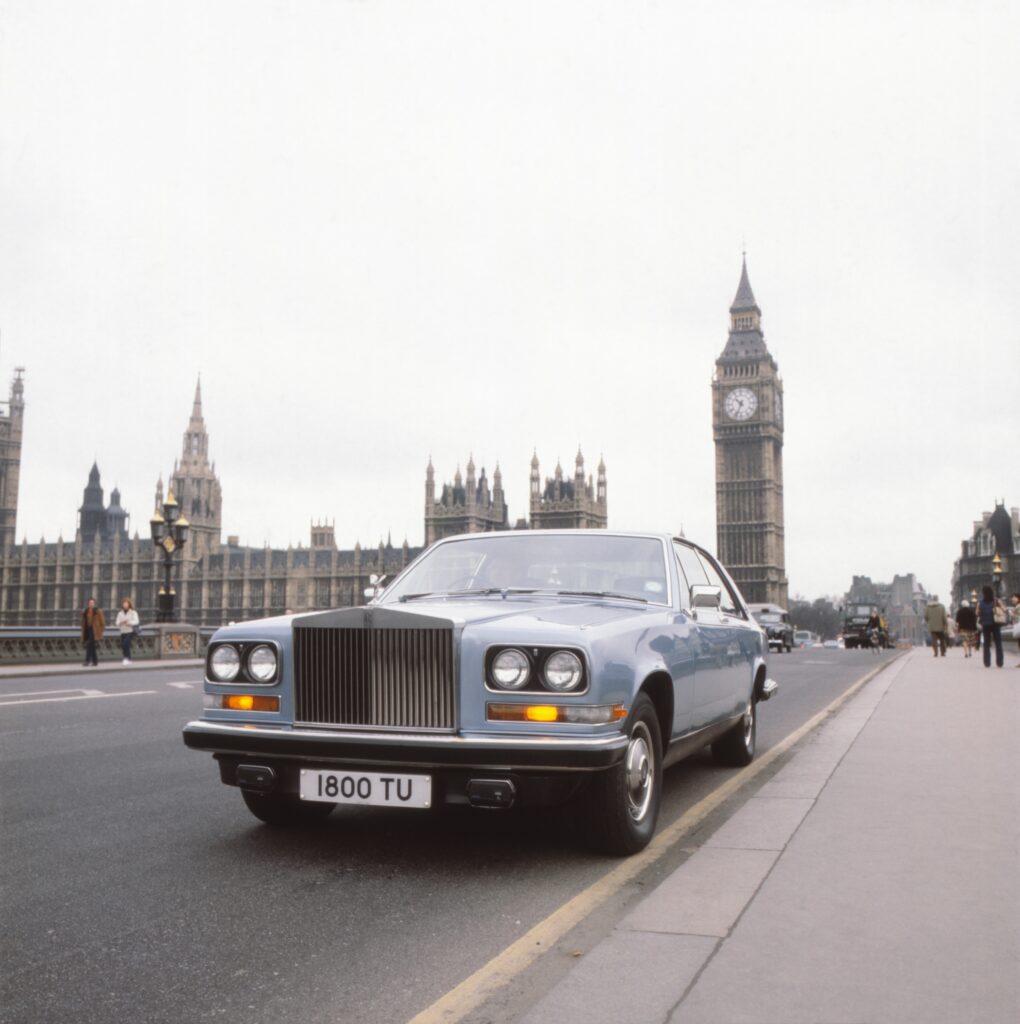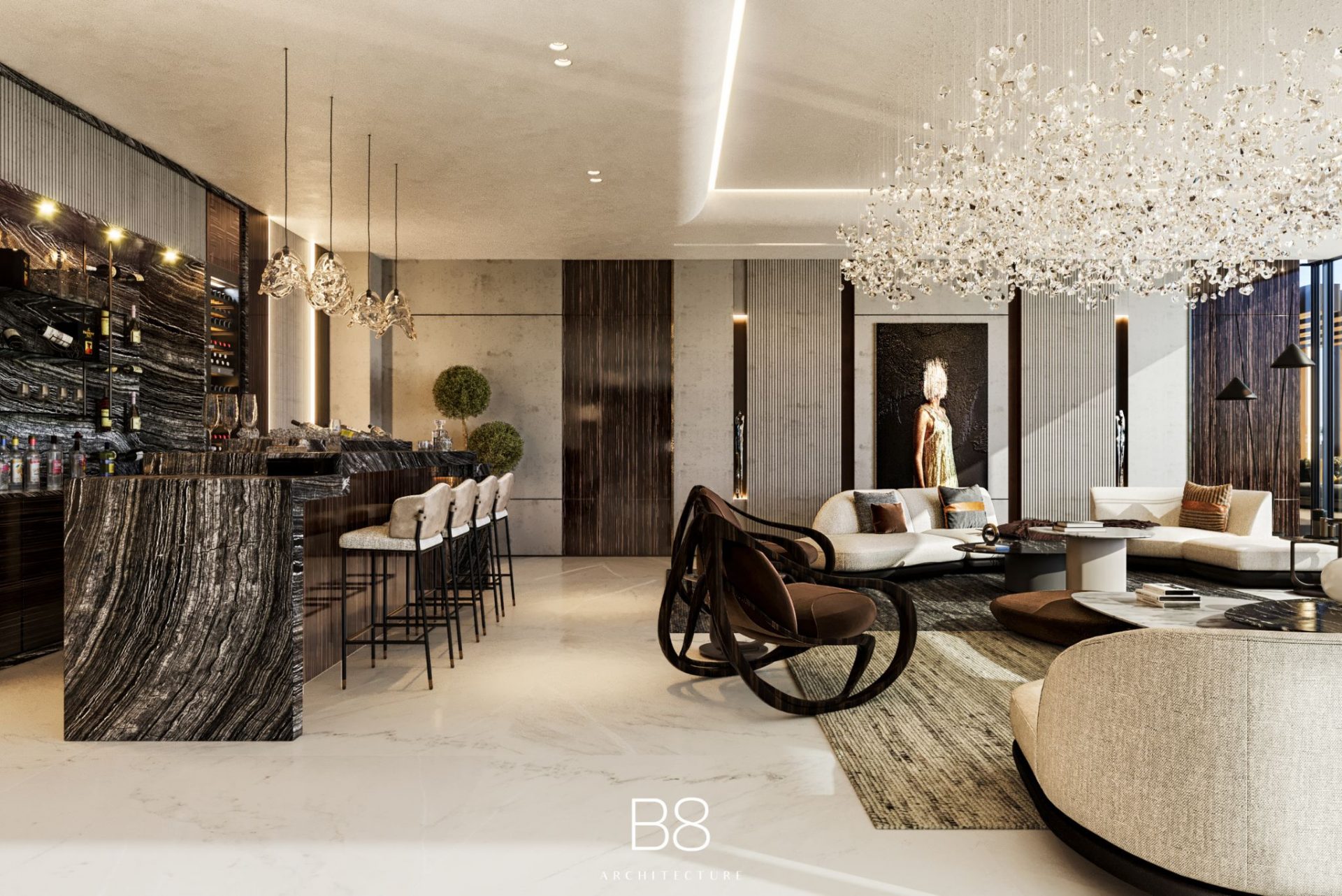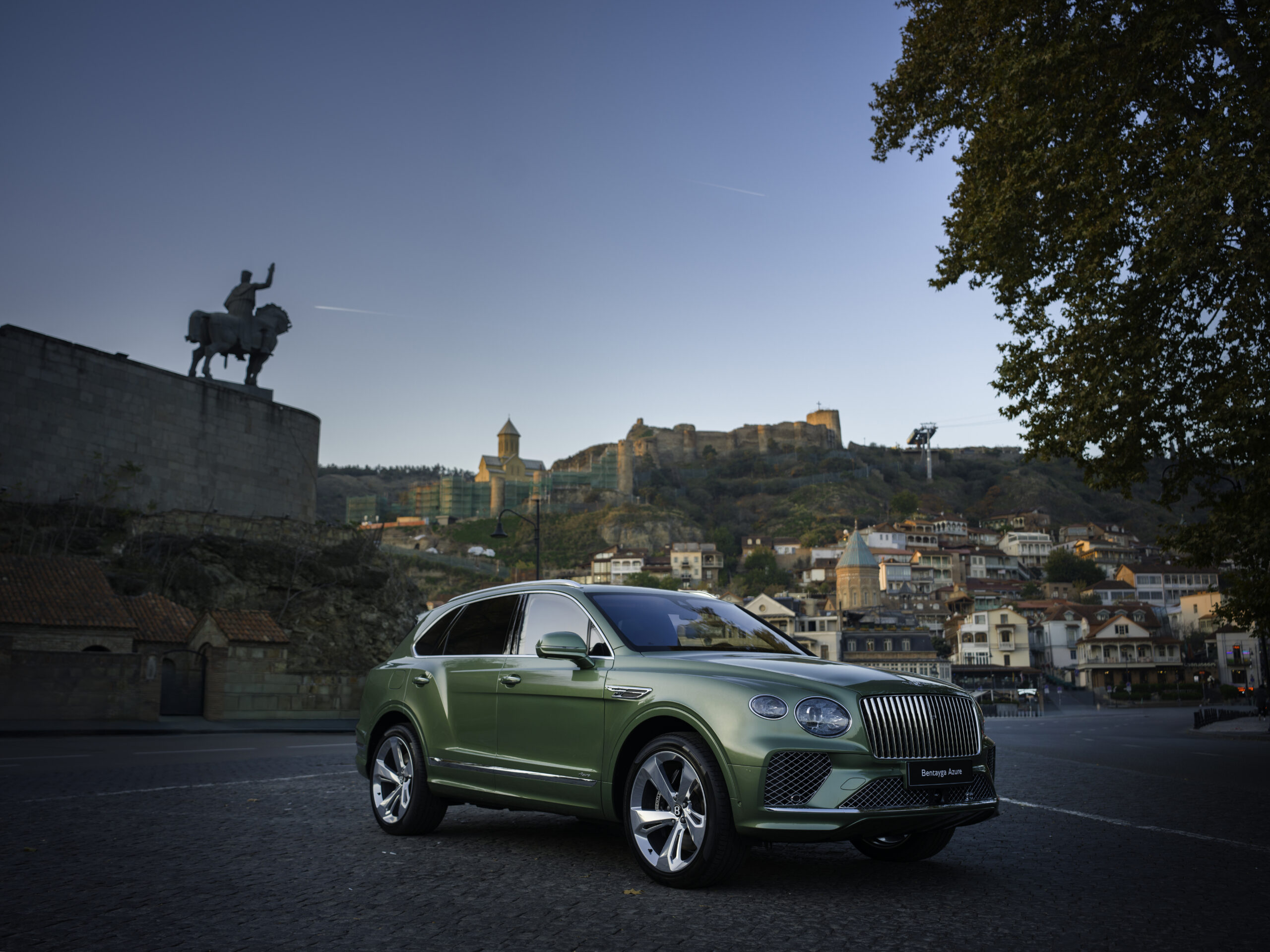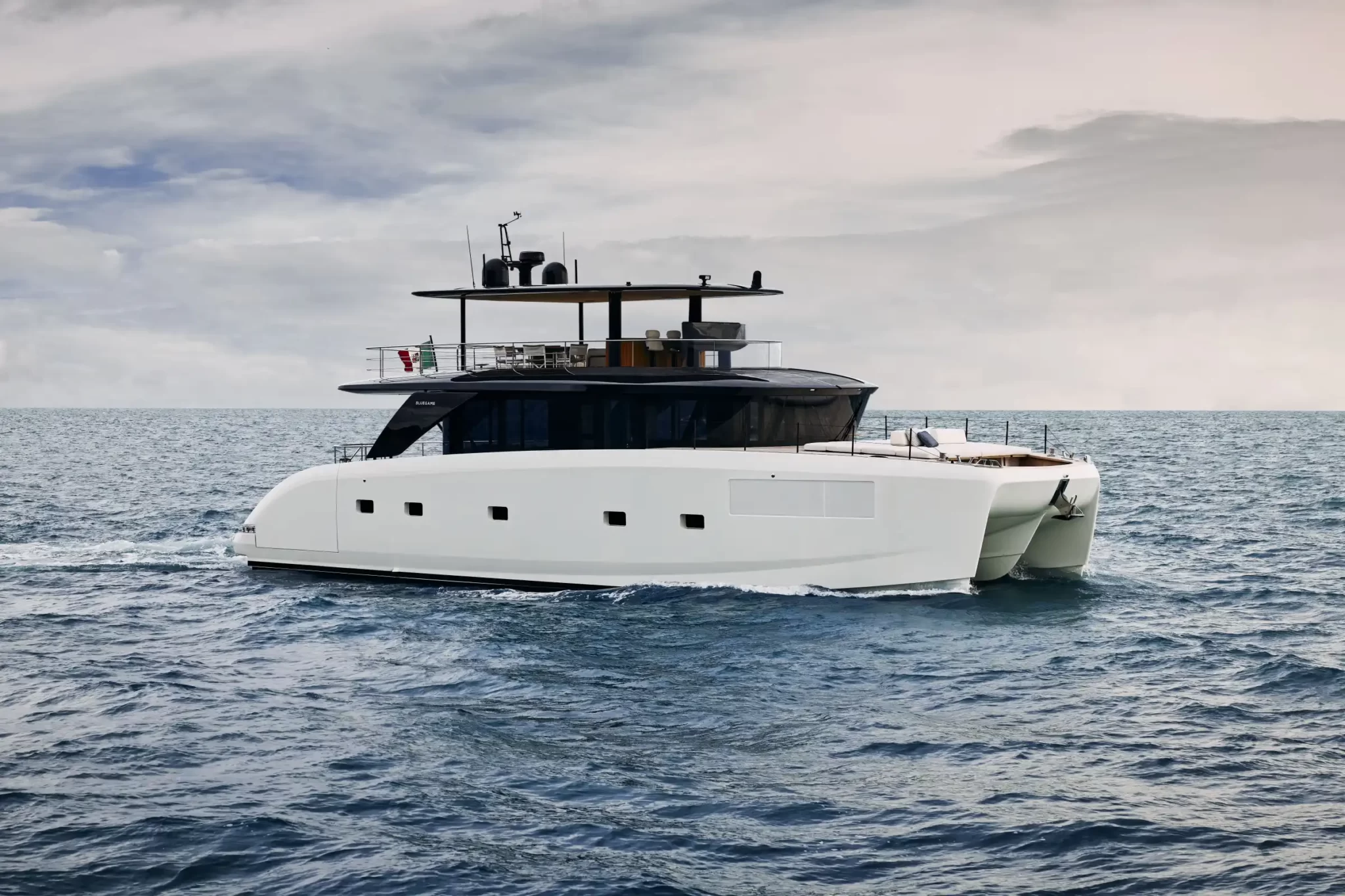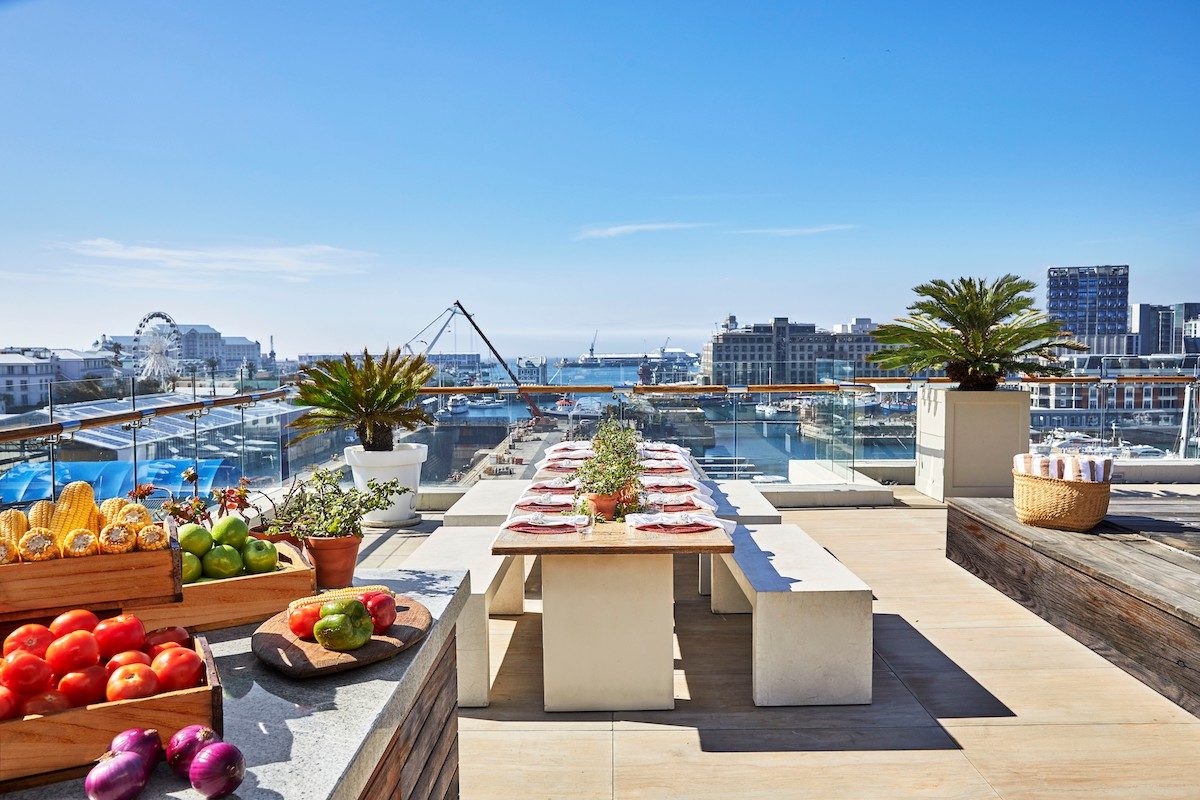The Rolls-Royce Camargue, launched in 1975, remains one of the most distinctive and debated models in the history of the marque. Designed in collaboration with the Italian styling house Pininfarina, it introduced groundbreaking advancements in performance, safety, and comfort. Though produced in limited numbers, the Camargue became a symbol of exclusivity and innovation, solidifying its place in automotive history. As part of a year-long retrospective celebrating the 120th anniversary of the first meeting between Henry Royce and Charles Rolls, the Camargue’s story reflects the evolution of Rolls-Royce’s design and engineering philosophy.
The Camargue broke new ground as the first Rolls-Royce to be designed with safety as a primary consideration. Collaborating with Pininfarina was a bold move, marking a departure from the brand’s traditional in-house design process. Sergio Pininfarina entrusted the project to Chief of Styling Paolo Martin, who created a sleek, modern design with features like a tilted-forward Pantheon Grille and curved side windows. The car’s reduced height, increased width, and aeronautical-inspired interior aesthetics further distinguished it from its predecessors.
Underneath its elegant exterior, the Camargue showcased advanced engineering, including an aluminum 6.75-liter V8 engine, fully independent suspension, and dual-level air conditioning—a first for Rolls-Royce. It also adhered to stringent global safety standards, with a robust bodyshell, energy-absorbing materials, and seatbelts for all occupants.
Production of the Camargue spanned 12 years, from 1975 to 1987, with 529 units sold. The majority were exported to the United States, where its bold design resonated with collectors and enthusiasts. Despite mixed opinions on its aesthetics, the Camargue became a defining model of the 1970s, reflecting both the era’s design ethos and Rolls-Royce’s commitment to innovation.
Andrew Ball, Head of Corporate Relations and Heritage at Rolls-Royce Motor Cars, highlighted the Camargue’s significance:
“Of all the Rolls-Royce models in this series, perhaps none is as distinctive as Camargue, whose design still provokes vigorous debate among car enthusiasts half a century after its launch. While its aesthetics remain a matter of personal taste, Camargue’s importance and place in the Rolls-Royce story are indisputable.”
The Camargue’s striking design elements, including its elongated silhouette and sleek, unadorned panels, conveyed a sense of modernity and refinement. The use of curved side windows was a first for Rolls-Royce, while the tilted grille added a daring edge to its otherwise classic profile. Inside, the ultra-soft Nuella leather upholstery and an aircraft-inspired dashboard created an atmosphere of luxury and innovation. The functional design prioritized both driver convenience and passenger comfort, with features like wide doors for easy entry and ample rear legroom.
